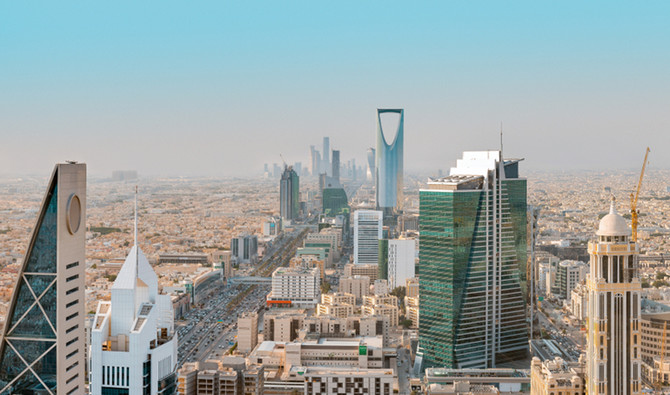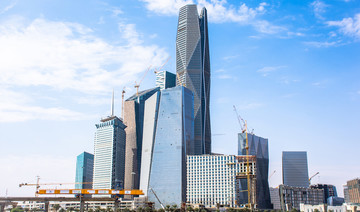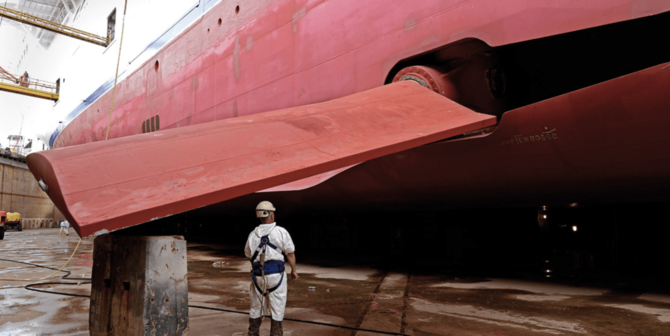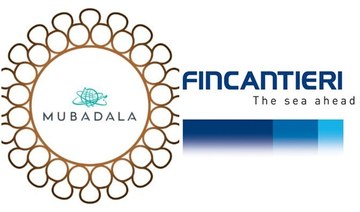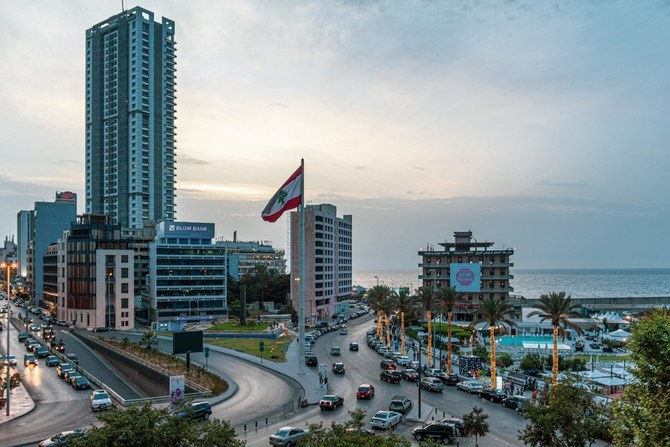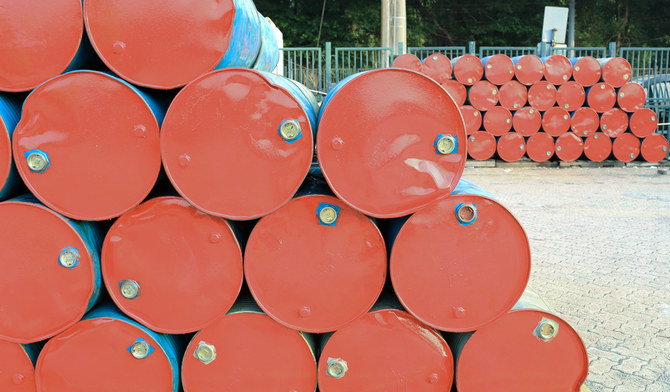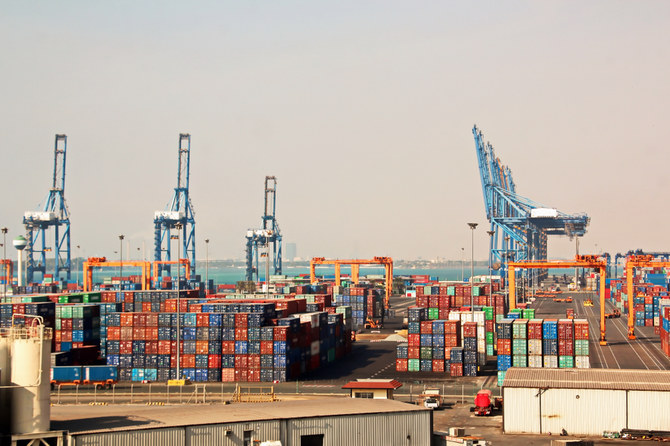RIYADH: Saudi Arabia on Tuesday announced its biggest-ever budget — with spending set to increase by around 7 percent — in a move aimed at boosting the economy, while also reducing the deficit.
However, analysts cautioned that the 2019 budget is based on oil prices far higher than today — which could prove an obstacle in hitting targets.
Government spending is projected to rise to SR 1.106 trillion ($295 billion) next year, up from an actual SR 1.030 trillion this year, Minister of Finance Mohammed Al-Jadaan said at a briefing in Riyadh.
The budget estimates a 9 percent annual increase in revenues to SR 975 billion. The budget deficit is forecast at SR 131 billion for next year, a 4.2 percent decline on 2018.
“We believe that the 2019 fiscal budget will focus on supporting economic activity — investment and wider,” Monica Malik, chief economist at Abu Dhabi Commercial Bank (ADCB), told Arab News.
“It is a growth-supportive budget with both capital and current expenditure set to rise.”
A royal decree by Saudi Arabia’s King Salman, also announced on Tuesday, ordered the continuation of allowances covering the cost of living for civil sector employees for the new fiscal year.
“The continuation of the handout package will be positive for household consumption by nationals,” said Malik. “We expect to see some overall fiscal loosening in 2019, which should support a further gradual pickup in real non-oil GDP growth.”
 World oil prices on Tuesday tumbled to their lowest levels in more than a year amid concerns over demand. Brent crude contracts fell to as low as $57.20 during morning trading.
World oil prices on Tuesday tumbled to their lowest levels in more than a year amid concerns over demand. Brent crude contracts fell to as low as $57.20 during morning trading.
Malik cautioned that the oil-price assumptions in the Saudi budget looked “optimistic.”
“We see the fiscal deficit widening in 2019, with the higher spending and forecast fall in oil revenue,” she told Arab News.
Jason Tuvey, an economist at London-based Capital Economics, agreed that the oil forecast was optimistic, but said this should not pose problems for government finances.
“The government seems to be expecting oil prices to average $80 (per barrel) next year,” he said.
“In contrast, we think that oil prices will stay low and possibly fall a little further to $55 … On that basis, the budget deficit is likely to be closer to 10 percent of GDP. That won’t cause too many problems given the government’s strong balance sheet.
“Overall, then, we think that there will be some fiscal loosening in the first half of next year, but if oil prices stay low as we expect, the authorities will probably shift tack and return to austerity from the mid-2019, which will weigh on growth in the non-oil sector,” Tuvey said.
John Sfakianakis, chief economist at the Gulf Research Center, based in Saudi Arabia, said that the targets of the budget were “achievable” and the forecast oil price reasonable.
“It is an expansionary budget that should spurt private sector activity and growth,” he said.
“With Brent crude averaging around $68 per barrel for 2018 and $66 per barrel for 2019, the authorities have applied a conservative revenue scenario.”


